Mitchell Centre for Social Network Analysis
The award will be based in the world renowned Mitchell Centre, an interdisciplinary group of social network analysts based in the School of Social Sciences. The project is funded by Leverhulme (RPG-2013-140) and the successful student will work alongside a project entitled: âCollecting and analyzing secondary covert social network dataâ
Standard social network data consist of relations amongst an homogenous group of actors. So that when we represent the data in matrix form the rows and the columns represent the same actors. In contrast, in two mode data we have two types of actors (modes) and there are only connections between different types of actors and no connections within each type. The modes usually represent very different sorts of data. The classic example is when one mode is people and the other mode is events. It should be noted that a lot of historical data and as a consequence covert network data is derived from who attended particular events. Keeping the data in this form allows us to have greater flexibility in any subsequent analysis. However, this means we need to develop innovative and new methods which recognise the restrictions in structure that data in this form implies.
The classic way of analyzing such data is to convert it to two one mode datasets by pre and post matrix multiplication to produce two new matrices. These matrices are proximity matrices and there is a wide variety of standard method available for analyzing such matrices. However, when the data are valued it is not quite so simple to convert them and other projection techniques for example using correlation or the Jaccard coefficient may be preferable.
Also very little consideration has been given to directed two mode data  and very little work has been done on the development of new methods which specifically recognize the nature of two mode data. Recently consideration has been given by Everett and Borgatti (2013) to combining both the projections and mapping these results back onto the original data. While some preliminary results look promising there is much work to be done in combining the different projection methods with this approach. In addition there is an opportunity to look in detail at some of the more statistical methods that have recently been developed for two mode data and combining these with some of the multivariate techniques discussed above.
Hence the studentship will focus one or more of the following areas:
- Investigate alternative and novel projection methods for valued data.
- Consider issues with respect to normalization of projected networks.
- Develop new methods (either mathematical or statistical or both) for the direct analysis of multi mode data in particular valued and directed data.
- Extend and evaluate the dual approach to multimode networks.
- Examine the relationship between the various approaches available for multi-mode networks.
Studentship details - The studentship comprise an annual stipend of £13,700, payment of fees up to the level charged for UK/EU students (currently £3,900; overseas students would need to pay the balance in fees themselves) and £750 for research training. The studentship will be for direct entry onto the three year PhD programme. The programme will commence in October 2013. Continuation of the award is subject to satisfactory performance.
Entry Requirements - Applicants must have (or expect to gain) a UK Masters level degree (or overseas equivalent) at Merit level (overall taught course average of 60% and a dissertation mark of 60% or more) in a mathematically or statistically orientated subject.
How to Apply - Applicants should email martin.everett@manchester.ac.uk a full cv together with a covering letter, via the âApplyâ button below.
The successful candidate will be required to submit a full University of Manchester on-line application, plus supporting documents (two academic references and degree transcripts) to fulfill the normal admissions process.
Further Information - For further information or to discuss your proposal, please email martin.everett@manchester.ac.uk
Deadline - The deadline for applications is 30th August, 2013.
Scholarships are not only for the smart students. Anyone can get scholarships




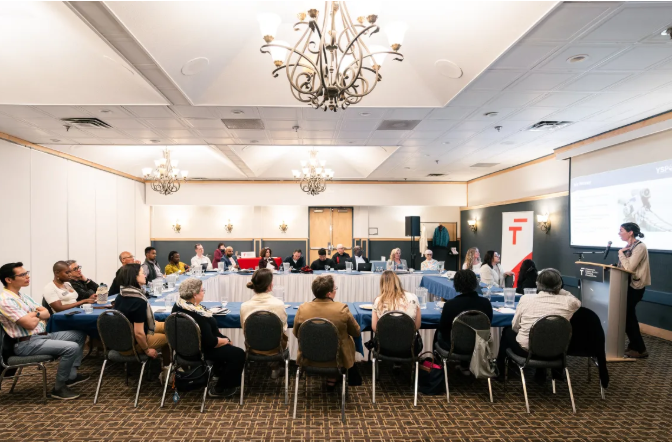
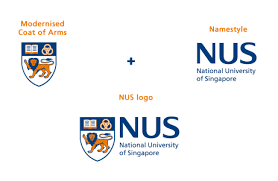

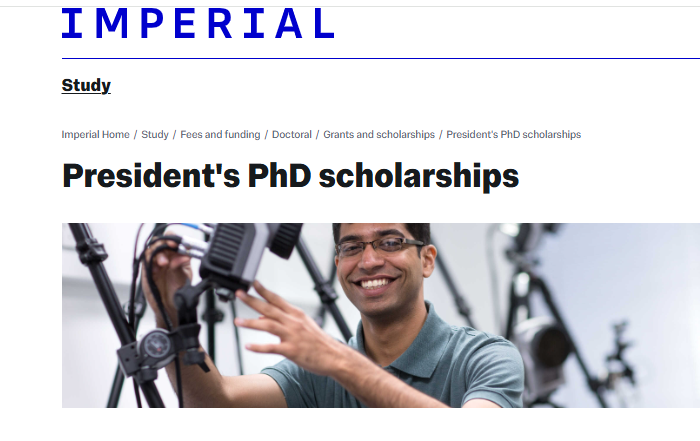

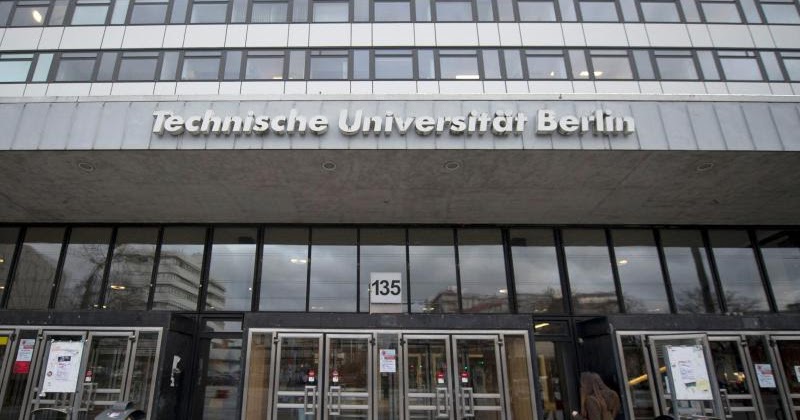

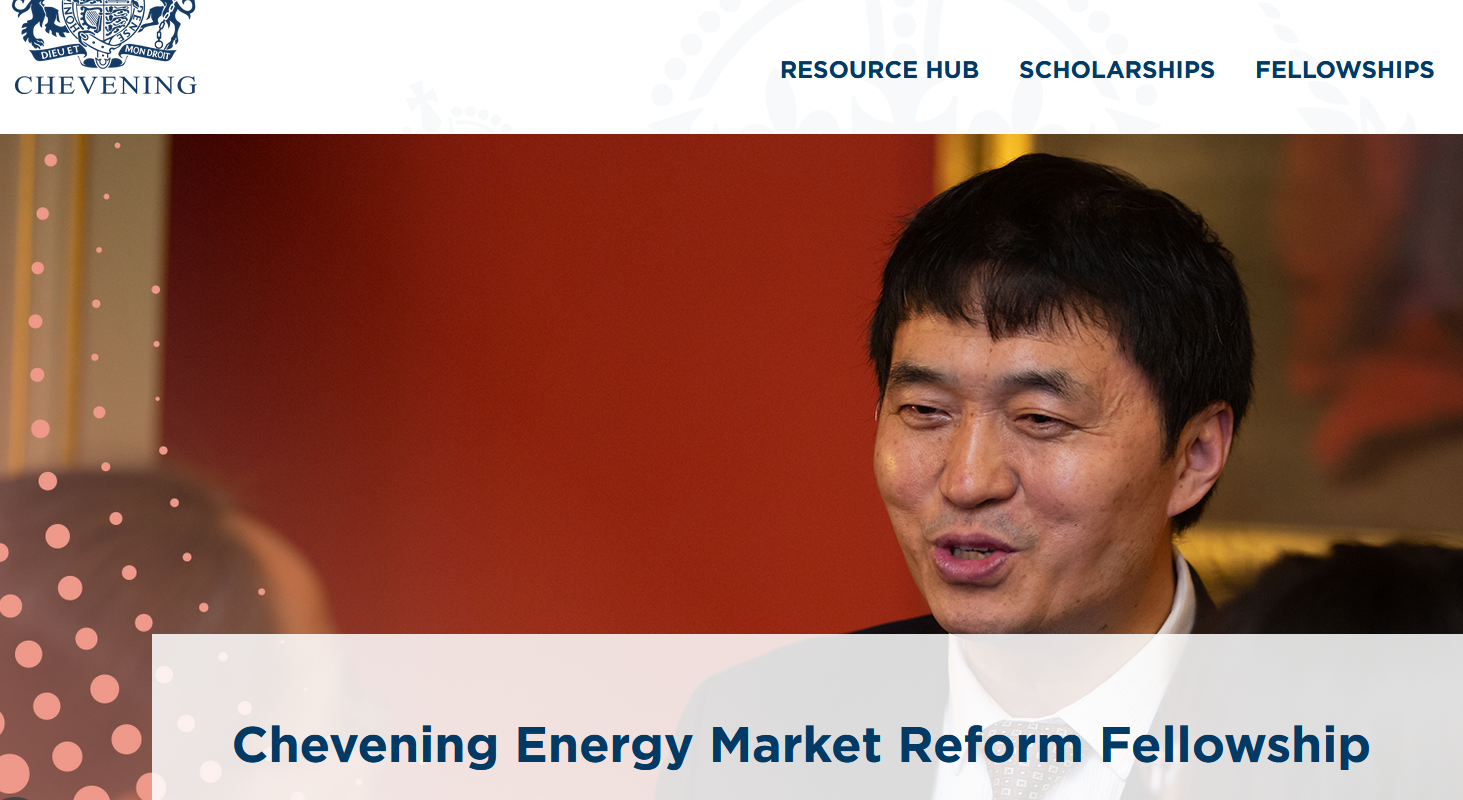

Have a Question about this Scholarship?